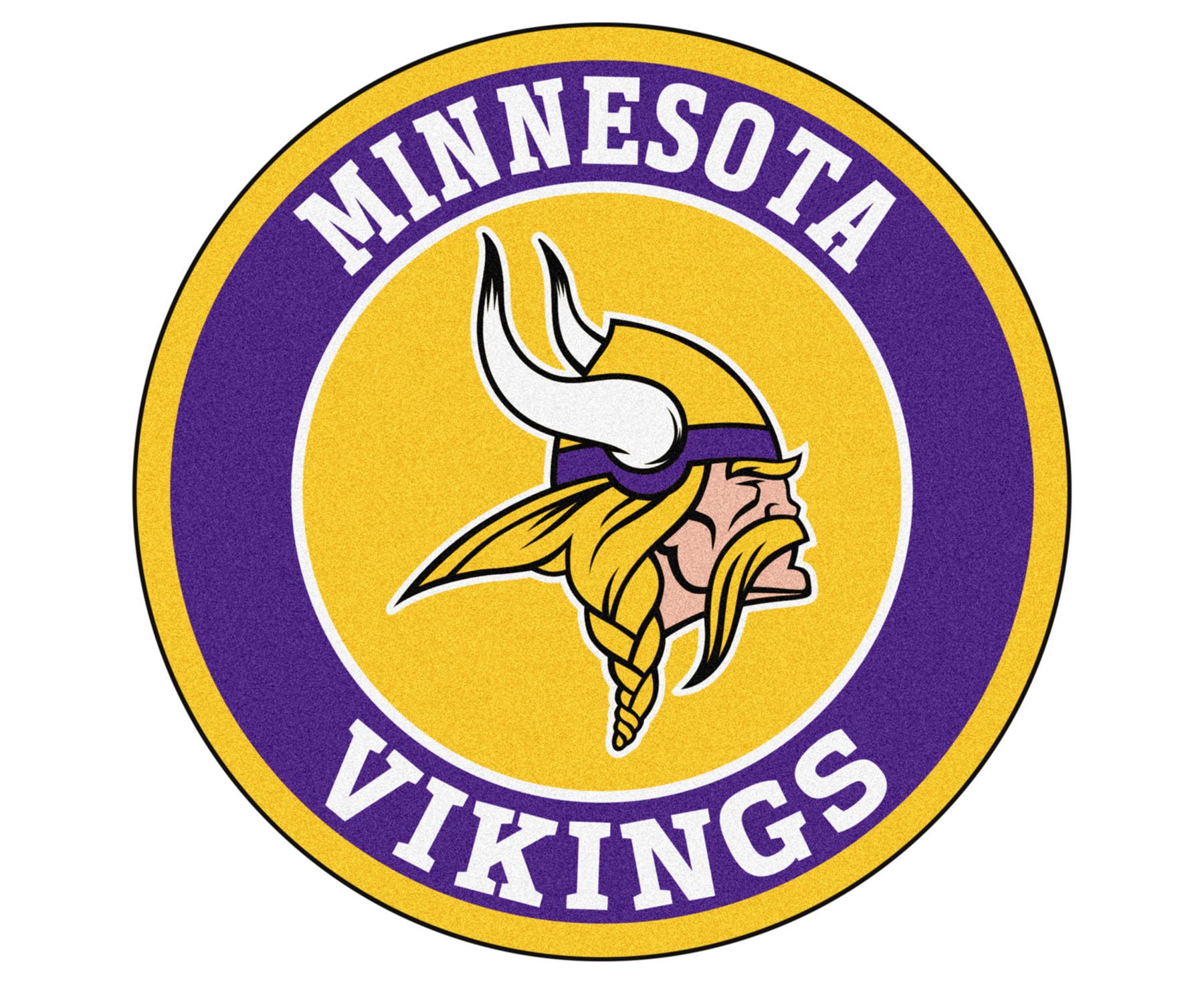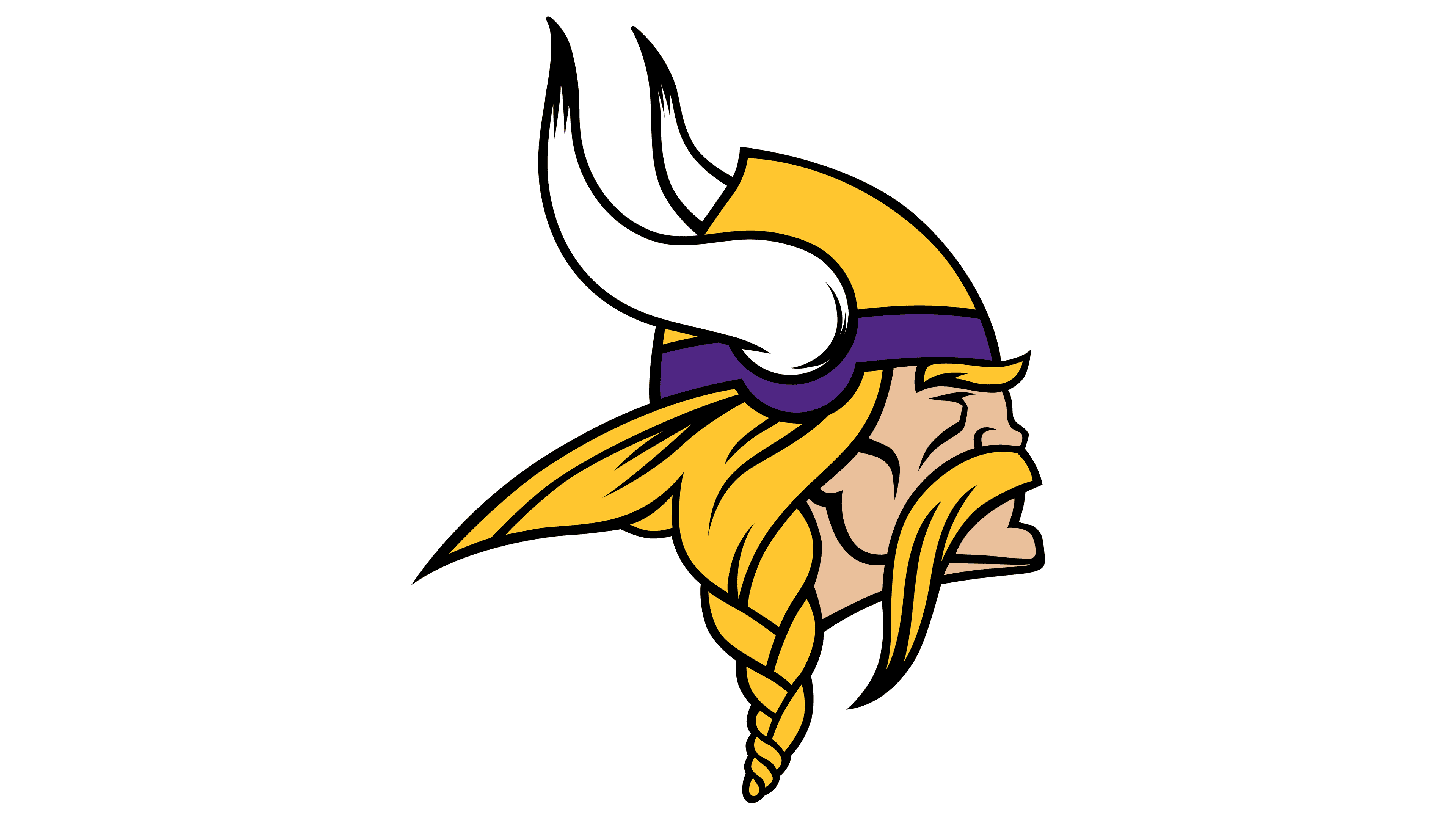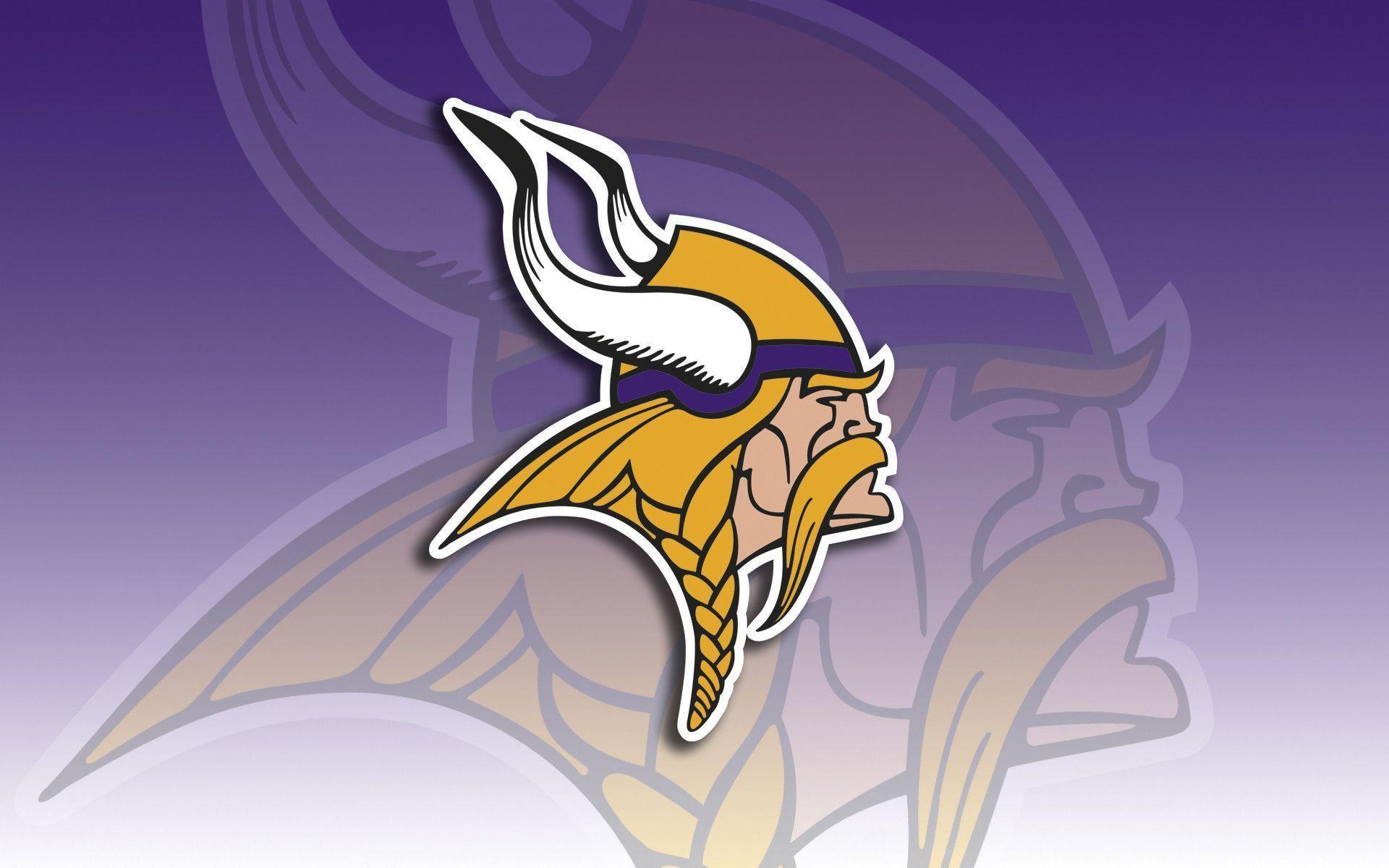Team History and Legacy

The Minnesota Vikings, a storied franchise in the National Football League (NFL), have carved a unique path in the league’s history. From their humble beginnings in the 1960s to their enduring legacy, the Vikings have left an indelible mark on the sport and the state of Minnesota.
The Vikings’ Origins and Early Years
The Minnesota Vikings were founded in 1960 as an expansion team in the NFL. The team’s name, a nod to the state’s rich Scandinavian heritage, was chosen through a fan contest. The Vikings played their first game in 1961 at Metropolitan Stadium, a multi-purpose stadium located in Bloomington, Minnesota. The team’s early years were marked by struggles, with the Vikings finishing with losing records in their first four seasons. However, the team’s fortunes began to turn in the late 1960s, as they began to build a formidable roster under head coach Bud Grant.
Key Moments and Turning Points
The Vikings’ rise to prominence began in the late 1960s, culminating in a string of successful seasons and four Super Bowl appearances in the 1970s. These Super Bowl appearances, though ending in defeats, cemented the Vikings’ place as a powerhouse in the NFL.
- The Vikings’ first Super Bowl appearance came in 1970, where they lost to the Kansas City Chiefs in Super Bowl IV.
- In 1973, the Vikings made their second Super Bowl appearance, losing to the Miami Dolphins in Super Bowl VII.
- The Vikings returned to the Super Bowl in 1974, where they lost to the Pittsburgh Steelers in Super Bowl VIII.
- Their fourth and final Super Bowl appearance came in 1977, where they lost to the Oakland Raiders in Super Bowl XI.
The Vikings’ Super Bowl appearances, while ending in defeat, solidified their status as a dominant team and instilled a deep sense of pride in Minnesota.
The Vikings’ Cultural Impact
The Minnesota Vikings have played a pivotal role in shaping Minnesota’s sports landscape. The team has a devoted fan base, known as “Vikings Nation,” who are known for their passionate support and unwavering loyalty. The Vikings’ success has also contributed to the development of Minnesota’s sports infrastructure, with the construction of Metrodome in 1982 and the U.S. Bank Stadium in 2016.
- The Vikings have played a key role in the development of Minnesota’s sports infrastructure, with the construction of Metrodome in 1982 and the U.S. Bank Stadium in 2016. These facilities have not only served as homes for the Vikings but have also hosted numerous other sporting events, concerts, and other entertainment.
- The Vikings’ success has also had a positive impact on the state’s economy, generating revenue through ticket sales, merchandise, and tourism. The team’s popularity has also helped to attract other professional sports franchises to Minnesota, such as the Minnesota Timberwolves and the Minnesota Wild.
- Beyond their economic impact, the Vikings have also served as a source of pride and unity for Minnesotans. The team’s successes have provided moments of joy and celebration for fans across the state, and the Vikings’ purple and gold colors have become synonymous with Minnesota sports.
Iconic Players and Coaches
The Vikings’ legacy is intertwined with the contributions of numerous iconic players and coaches. These individuals have left their mark on the team’s history, inspiring generations of fans.
- Bud Grant, the Vikings’ head coach from 1967 to 1985, is widely regarded as one of the greatest coaches in NFL history. He led the Vikings to four Super Bowl appearances and a remarkable record of 158 wins, 114 losses, and 5 ties. Grant’s coaching style, characterized by his no-nonsense approach and unwavering belief in his players, helped to build a winning culture within the Vikings organization.
- Fran Tarkenton, the Vikings’ quarterback from 1961 to 1978, is considered one of the greatest quarterbacks of all time. He revolutionized the quarterback position with his scrambling ability and innovative offensive schemes. Tarkenton led the Vikings to three Super Bowl appearances and was inducted into the Pro Football Hall of Fame in 1986.
- Carl Eller, the Vikings’ defensive end from 1964 to 1979, is one of the most dominant defensive players in NFL history. Eller was a key member of the “Purple People Eaters,” the Vikings’ fearsome defensive line that terrorized opposing offenses in the 1960s and 1970s. Eller was inducted into the Pro Football Hall of Fame in 2001.
- Randy Moss, the Vikings’ wide receiver from 1998 to 2004 and 2010, is one of the most electrifying players in NFL history. Moss holds numerous NFL records, including the highest single-season touchdown reception total (23) and the highest single-season receiving yardage total (1,632). Moss was inducted into the Pro Football Hall of Fame in 2018.
Timeline of Notable Achievements and Challenges
The Minnesota Vikings’ history is marked by both triumphs and setbacks. The team has experienced moments of great success, punctuated by periods of disappointment and frustration. The following timeline highlights some of the most notable achievements and challenges in the Vikings’ history.
- 1961: The Minnesota Vikings play their first game in the NFL. The team struggles in its early years, but begins to build a winning culture under head coach Bud Grant.
- 1969: The Vikings win their first NFL championship, defeating the Cleveland Browns in the NFL Championship Game. This victory marks the beginning of a golden era for the Vikings.
- 1970-1977: The Vikings experience an unprecedented run of success, making four consecutive Super Bowl appearances. Despite losing all four Super Bowls, the Vikings establish themselves as one of the most dominant teams in the NFL.
- 1982: The Vikings move into the Metrodome, a new indoor stadium that provides a climate-controlled environment for games. The Metrodome becomes a home for the Vikings for over 30 years.
- 1998: The Vikings draft Randy Moss, a wide receiver who quickly becomes one of the most electrifying players in the NFL. Moss’s arrival signals a new era of offensive firepower for the Vikings.
- 2010: The Vikings return to the NFC Championship Game, but lose to the New Orleans Saints. The Vikings’ resurgence under head coach Brad Childress gives fans hope for future success.
- 2017: The Vikings move into U.S. Bank Stadium, a new state-of-the-art stadium that replaces the Metrodome. The stadium becomes a modern marvel and a source of pride for Minnesota sports fans.
Recent Performance and Current Roster: Minnesota Vikings

The Minnesota Vikings have been a consistently competitive team in recent years, but have struggled to achieve consistent playoff success. They’ve made the playoffs in four of the last six seasons, but haven’t reached the Super Bowl since 1977.
Recent Season Performance
The Vikings finished the 2022 season with a 13-4 record, securing the second seed in the NFC. They defeated the New York Giants in the Wild Card round, but lost to the Philadelphia Eagles in the NFC Divisional Round. While their regular season performance was impressive, their playoff run fell short of expectations.
Strengths and Weaknesses of the Current Roster
The Vikings have a talented roster with several key players across all positions. Their strengths lie in their offensive firepower, particularly with quarterback Kirk Cousins, wide receiver Justin Jefferson, and running back Dalvin Cook. The team also has a solid defense, with Pro Bowl players like Danielle Hunter and Harrison Smith.
However, the Vikings have some weaknesses, including a lack of depth on the offensive line and a tendency to struggle against elite defenses. Their special teams unit also needs improvement.
Key Players
- Kirk Cousins: A veteran quarterback with a strong arm and good decision-making abilities, Cousins is a reliable leader for the Vikings’ offense. He threw for 4,547 yards and 29 touchdowns in 2022.
- Justin Jefferson: A rising star and one of the most dynamic wide receivers in the league, Jefferson is a constant threat to opposing defenses. He had 128 catches for 1,809 yards and 8 touchdowns in 2022.
- Dalvin Cook: A powerful running back with exceptional speed and agility, Cook is a key piece of the Vikings’ offensive attack. He rushed for 1,173 yards and 8 touchdowns in 2022.
- Danielle Hunter: A dominant edge rusher, Hunter is one of the league’s best pass rushers. He had 10.5 sacks in 2022.
- Harrison Smith: A veteran safety with exceptional instincts and playmaking abilities, Smith is a leader on the Vikings’ defense. He had 97 tackles and 3 interceptions in 2022.
Team Strategy and Approach
The Vikings are focused on building a more consistent and balanced team, with an emphasis on improving their defense and special teams units. They have made several key additions to their roster through the draft and free agency, aiming to address their weaknesses.
Coaching Staff
The Vikings are led by head coach Kevin O’Connell, who is entering his second season with the team. O’Connell is known for his offensive mind and his ability to develop young players. He has assembled a talented coaching staff, including offensive coordinator Wes Phillips and defensive coordinator Ed Donatell.
Current Roster, Minnesota vikings
| Position | Player | Key Statistics |
|---|---|---|
| Quarterback | Kirk Cousins | 4,547 passing yards, 29 touchdowns, 14 interceptions in 2022 |
| Running Back | Dalvin Cook | 1,173 rushing yards, 8 touchdowns in 2022 |
| Wide Receiver | Justin Jefferson | 128 receptions, 1,809 receiving yards, 8 touchdowns in 2022 |
| Tight End | T.J. Hockenson | 60 receptions, 519 receiving yards, 3 touchdowns in 2022 |
| Offensive Line | Christian Darrisaw | Started all 17 games at left tackle in 2022 |
| Defensive Line | Danielle Hunter | 10.5 sacks in 2022 |
| Linebacker | Eric Kendricks | 138 tackles in 2022 |
| Safety | Harrison Smith | 97 tackles, 3 interceptions in 2022 |
| Cornerback | Patrick Peterson | 2 interceptions in 2022 |
Fan Culture and Community Impact

The Minnesota Vikings boast a passionate and dedicated fan base that is deeply ingrained in the state’s identity. Known for their purple pride and unwavering support, Vikings fans create a vibrant and electrifying atmosphere at games, contributing significantly to the team’s rich history and legacy.
The Vikings’ Fan Base
The Vikings’ fan base is one of the most dedicated in the NFL, consistently ranking among the league’s top attendances and merchandise sales. Their passion for the team is evident in their unwavering support, even during challenging seasons. This unwavering loyalty is a testament to the team’s impact on the Minnesota community and the deep connection fans feel to their beloved Vikings.
The Vikings’ Impact on the Minnesota Community
The Vikings have become synonymous with Minnesota, playing a crucial role in bringing people together and fostering a sense of local pride. The team’s games provide a shared experience that transcends age, background, and social status, uniting Minnesotans in a collective celebration of their state’s spirit. This shared passion for the Vikings has become a unifying force in the community, strengthening social bonds and creating lasting memories.
The Vikings’ Relationship with Their Fans
The Vikings recognize the importance of their fans and strive to engage with them through various initiatives. The team actively interacts with fans on social media, hosting events and contests to enhance their experience. The Vikings also prioritize community outreach programs, demonstrating their commitment to giving back to the state that has embraced them.
The Vikings’ Community Outreach Programs
The Vikings’ community outreach programs are designed to make a positive impact on Minnesota communities. These programs focus on supporting local charities, promoting education, and fostering youth development. Through these initiatives, the Vikings demonstrate their commitment to making a difference beyond the football field, solidifying their place as an integral part of the state’s fabric.
“The Vikings are more than just a football team; they’re a symbol of Minnesota pride and a source of inspiration for generations to come.”
The Minnesota Vikings have always been a team known for their tough defense, but their success hinges on the performance of their quarterback. The vikings qb has a massive impact on the team’s overall performance, and finding the right one is crucial to their ambitions of making a deep playoff run.
With a strong quarterback leading the way, the Vikings have the potential to be a real force in the NFC.
The Minnesota Vikings have been a force to be reckoned with in recent seasons, and a big reason for their success is the emergence of wide receiver Justin Jefferson. He’s a real game-changer, with his insane route running and ability to make catches in tight coverage.
With Jefferson leading the charge, the Vikings are looking to make a deep run in the playoffs this year.
